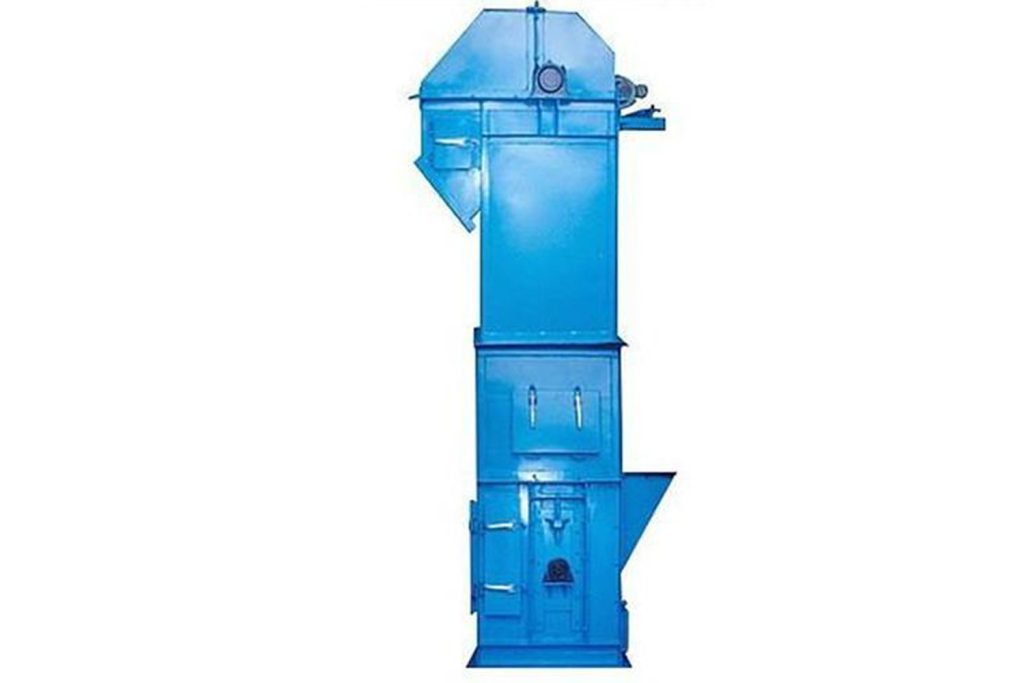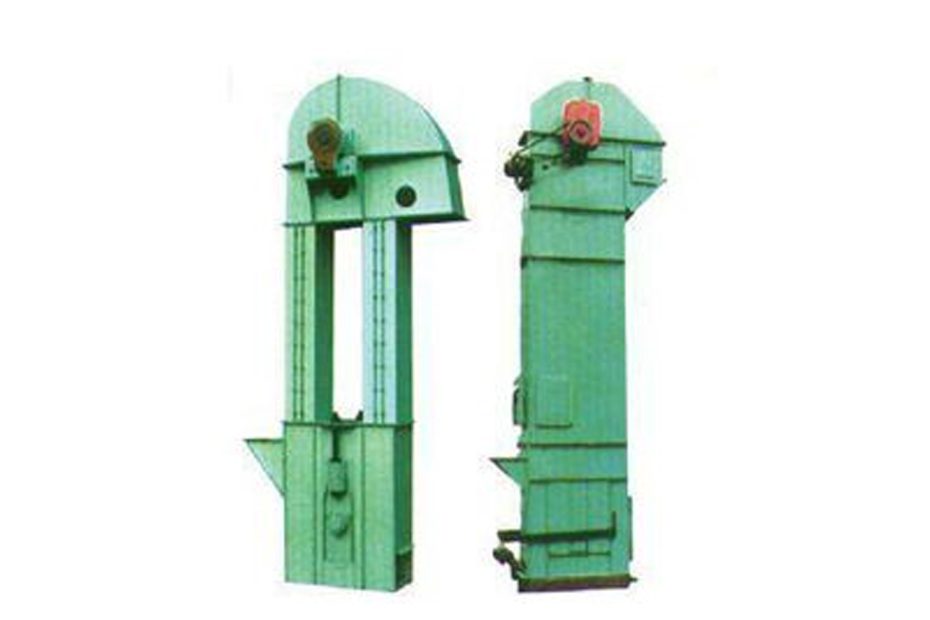In grain handling facilities and powder & bulk solids industries, bucket elevators play a vital role in processing, handling, and packaging dry particulates. However, they also present a potential hazard as both a circulation point for combustible dust and a potential ignition source. Dust explosions originating in bucket elevators can have catastrophic consequences, spreading to larger volumes such as silos and material handling systems within the facility.
To address this critical safety concern, there is a range of solutions available for protecting bucket elevators and associated process equipment from dust explosions
The Hazards of Dust Explosions in Bucket Elevators
Bucket elevators, although indispensable for material handling, pose significant safety risks due to their potential involvement in dust explosions. In grain handling facilities and powder & bulk solids industries, combustible dust can accumulate in bucket elevators and act as a fuel source. If ignited, a dust explosion can initiate in the elevator, leading to the rapid release of energy, pressure, and flames. The consequences can be far-reaching, as the explosion may travel to other parts of the facility, causing devastating secondary explosions in silos and upstream material handling systems.
Exploring Dust Explosion Prevention Solutions
the potential risks associated with dust explosions in bucket elevators?
Dust explosions in bucket elevators can have severe consequences for both personnel and equipment. Apart from the immediate dangers, such as injuries and damage to the elevator, secondary explosions in other parts of the facility can be equally hazardous. It is crucial to implement preventive measures to protect workers and prevent the escalation of these incidents.
What are some common solutions available to protect bucket elevators from dust explosions?
There are several solutions that grain producers and powder & bulk solids industries can consider to mitigate the risks of dust explosions. Some of the most effective approaches include explosion venting, explosion suppression, and explosion-proof bucket elevators.
How does explosion venting work, and what are its benefits?
Explosion venting involves the installation of explosion vents in strategic locations on the bucket elevator enclosure. In the event of a dust explosion, these vents rapidly open at a predetermined pressure, allowing the combustion process to escape safely into the atmosphere. The main benefits of explosion venting are its effectiveness in reducing internal pressure, minimizing structural damage, and preventing secondary explosions in downstream equipment.
What about explosion suppression systems? How do they contribute to dust explosion prevention?
Explosion suppression systems are designed to detect the early stages of a dust explosion and respond swiftly with a suppression agent, effectively suppressing the explosion before it escalates. This proactive approach significantly reduces the pressure and heat generated by the explosion, preventing damage to the bucket elevator and associated equipment.

the concept of explosion-proof bucket elevators and their benefits?
Explosion-proof bucket elevators are engineered with specific safety features to minimize the risk of dust explosions. They are designed to prevent the transmission of explosions between different areas of the facility. By incorporating isolation barriers and flameless ventilation techniques, these elevators create a barrier against the passage of flames and pressure waves, limiting the impact of an explosion.
Top 4 Benefits of Dust Explosion Prevention Solutions
Implementing dust explosion prevention solutions offers a range of benefits for grain producers and powder & bulk solids industries:
- Personnel Safety: By safeguarding bucket elevators from dust explosions, the risk of injuries to personnel is significantly reduced, promoting a safer working environment.
- Equipment Protection: Explosion prevention technologies protect bucket elevators and associated process equipment from damage, minimizing downtime and maintenance costs.
- Facility Safety: Preventing dust explosions in bucket elevators helps to avoid secondary explosions in other parts of the facility, preventing further damage and ensuring overall facility safety.
- Compliance with Safety Standards: Implementing dust explosion prevention measures ensures compliance with safety standards and regulations, reducing the risk of fines and penalties.
Conclusion
Protecting bucket elevators from dust explosions is of utmost importance in grain handling facilities and powder & bulk solids industries. Through the implementation of explosion venting, explosion suppression, and explosion-proof bucket elevators, the risks associated with dust explosions can be mitigated effectively.
These preventive measures not only enhance personnel safety but also protect equipment and ensure compliance with safety standards. As Clive Nixon of BS&B Pressure Safety Management emphasized, investing in dust explosion prevention technologies is a proactive approach that promotes a safer and more reliable material handling process, benefiting both the workforce and the facility as a whole.
